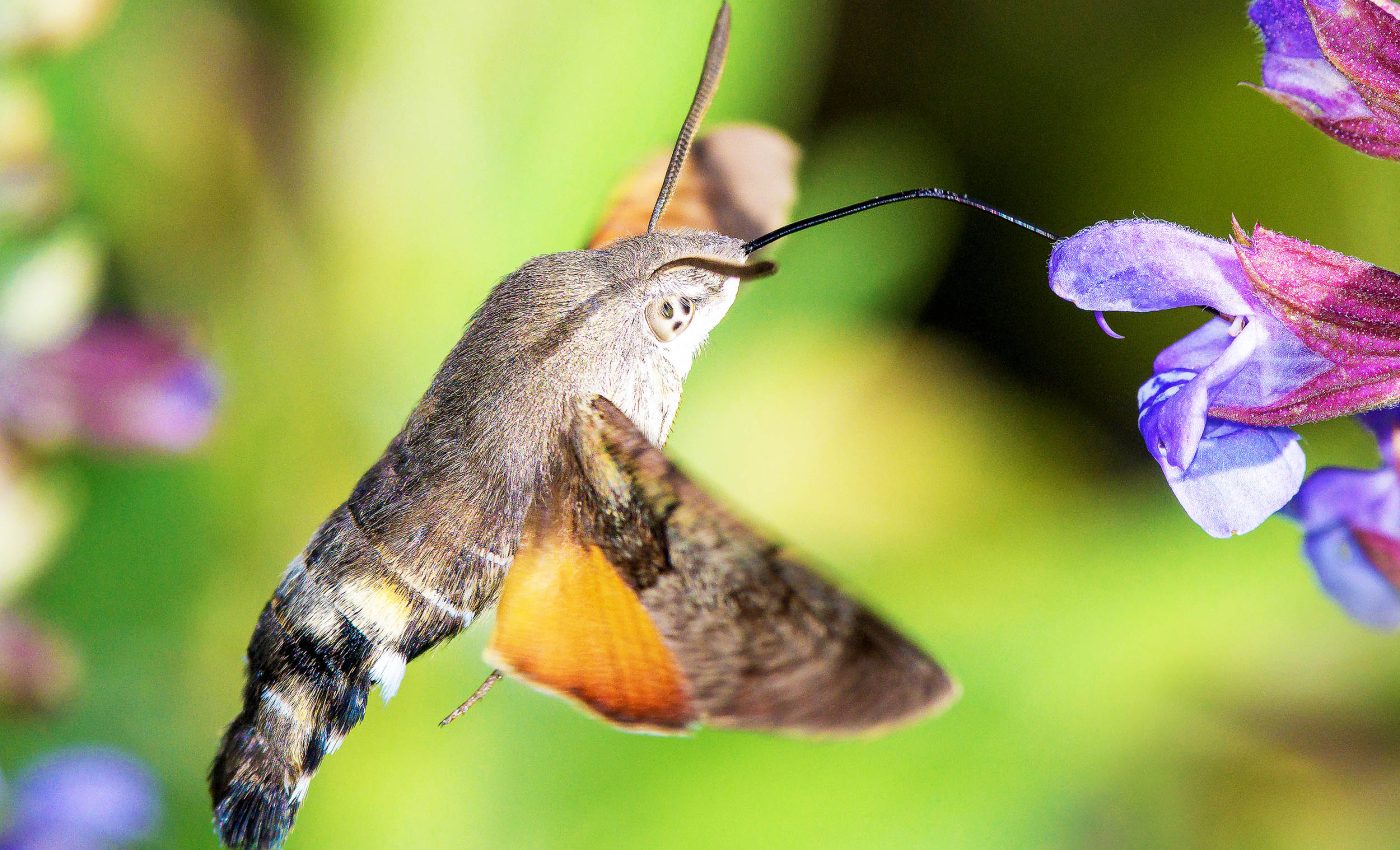
Landscapes with different habitats greatly increase biodiversity
The life you see around you — plants, animals, insects, everything — is all vastly interconnected, functioning like a giant jigsaw puzzle where everything just fits. When that puzzle is vibrant and diverse, filled with different landscapes and habitats and rich in biodiversity, it’s more stable, more resilient, and bursting at the seams with life.
It’s a thrilling discovery, one that challenges us to rethink how we approach conservation efforts and manage our landscapes.
Landscape habitats and biodiversity
The University of Bristol, a leading hub of research and innovation, has pulled back the curtain on this dynamic world in an exciting new study led by ecologists.
Their findings bring insightful answers to critical questions on conservation and land management. It even shines a light, bright and compelling, on how food chains operate across multiple habitats.
The study was conducted across 30 field sites in the Southwest UK, offering a sweeping, panoramic look at varied habitats across the landscape. What the researchers discovered was, to use a colloquial term, pretty awesome.
Variety is the spice of life
You know the old saying, “variety is the spice of life”? Well, it turns out, it holds true for our habitats as well.
The study unearthed significant differences in food web structures among landscapes with one, two, or three habitats. The more varied the habitat, the more diverse the species and the more evenly distributed they were.
A landscape peppered with multiple habitats is like a party hosting a bigger crowd, including those who are seasoned party-goers and know how to mix up the fun, leading to a more spirited, vibrant environment.
In our case, habitat specialists, the ones particular about the party they attend, perk up when they see a multi-habitat landscape, leading to a dramatic increase in overall biodiversity.
Biodiversity, landscapes, and habitats
“Conservation and restoration projects increasingly focus on landscape-scale efforts, however, data on species interactions are often limited to specific habitats, such as woodlands, farmland or urban areas,” explained lead author Dr Talya Hackett, who ran the project from Bristol’s School of Biological Sciences and is currently at University of Oxford.
But landscapes with varied environments displayed a different picture. They showed a tougher resistance to species loss.
In other words, despite life’s ups and downs, they tend to bounce back quickly. Besides, a higher variety of habitats also led to better pollination services, a boon for our environment that depends heavily on this critical natural process.
Multiplication, not addition
But the multiple habitats did more than just attract a larger number of species or provide better pollination. They brought something unique to the table.
If we think of each habitat as a piece of a puzzle, then the complete picture — the landscape wasn’t merely an addition of these pieces, it was something more.
It showcased properties, like increased buffering against species loss and improved pollination, that you can’t predict from looking at individual habitats.
That’s what Professor Jane Memmott, the project leader and co-lead author emphasized.
Shift in conservation strategies
These findings have profound implications for our conservation strategies. Historically, our efforts have centered around specific habitats, such as prairie restoration, wetland creation, or connecting similar ecosystems.
However, the latest research highlights the necessity of a broader approach. To effectively boost biodiversity conservation, we must prioritize preserving landscapes that encompass multiple habitats.
This holistic view recognizes the interconnectedness of ecosystems and how they support a wide variety of species.
By maintaining diverse landscapes, we can create resilient environments that thrive amidst changing conditions.
This shift in strategy is vital for ensuring the survival of countless species and promoting overall ecosystem health.
Future is bright
The Bristol team plans to dive deeper into the effects of various habitat combinations and their compatibility.
They also aim to explore other ecological functions — such as seed dispersal and decomposition — in multi-habitat landscapes.
These studies could very well revolutionize agricultural practices, possibly boosting food production and pest control, and maintaining ecosystem health.
“Mobile species effectively glue the various habitats together, underscoring the intricate connections that sustain biodiversity and ecosystem services,” concluded Professor Memmott.
The study is published in the journal Nature.
—–
Like what you read? Subscribe to our newsletter for engaging articles, exclusive content, and the latest updates.
Check us out on EarthSnap, a free app brought to you by Eric Ralls and Earth.com.
—–













